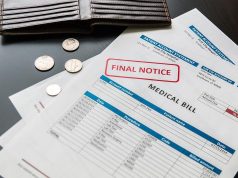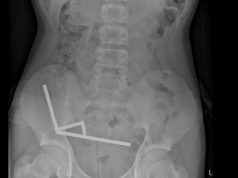Incremental cost-effectiveness ratio was $4,481,659 per quality-adjusted life-year for AED in a private home
By Elana Gotkine HealthDay Reporter
FRIDAY, Oct. 31, 2025 (HealthDay News) — For patients with cardiac arrest and a shockable rhythm, automated external defibrillators (AEDs) in private homes improve outcomes but cannot be considered cost-effective at current pricing, according to a study published online Oct. 25 in JAMA Internal Medicine to coincide with the European Resuscitation Council Congress, held from Oct. 23 to 25 in Rotterdam, Netherlands.
Lars W. Andersen, M.D., M.P.H., Ph.D., from Aarhus University in Denmark, and colleagues examined the effectiveness of AEDs when used for cardiac arrests in private homes in a cohort study using observational data from the Cardiac Arrest Registry to Enhance Survival in the United States from January 2017 to December 2024. To determine the causal relationship between AED application and survival to hospital discharge, a difference-in-difference approach was used.
The analysis included 582,536 patients (61.8 percent male) with a median age of 65 years. The researchers found that among patients with a shockable rhythm, survival was better with AED application compared with no AED application (risk ratio, 1.26), but not in patients with a nonshockable rhythm. In the difference-in-difference analysis, results were consistent. For an AED in a private home, the incremental cost-effectiveness ratio was $4,481,659 per quality-adjusted life-year. AEDs in private homes would be considered cost-effective at a yearly cardiac arrest incidence per person above 1.3 percent or at an AED cost less than $65 at a cost-effectiveness threshold of $200,000 per quality-adjusted life-year.
“The indiscriminate purchase of AEDs for individual private homes cannot be considered cost-effective at the current pricing of AEDs,” the authors write.
Copyright © 2025 HealthDay. All rights reserved.








